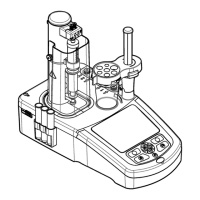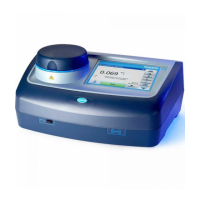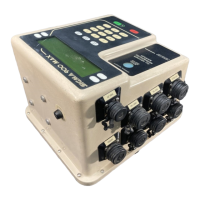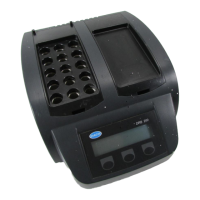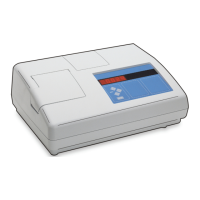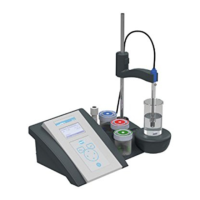Sampling
50081_Sampling.fm Page 63
Section 7 Sampling
7.1 Chlorine
A common source of error when testing water samples for chlorine is the failure to
obtain a representative sample. Free chlorine is a strong oxidizing agent and is very
unstable in natural waters. It reacts readily with certain inorganic compounds and
oxidizes organic compounds more slowly. Various factors, including reactant
concentrations, pH, temperature, salinity, and sunlight influence the decomposition of
free chlorine in water. Monochloramine, on the other hand, is much more persistent in
the environment. Typically, the decay rate of monochloramine is tenfold slower than
the decay of free chlorine in natural waters
*
.
Ideally, samples should be analyzed for chlorine on site. Because the amperometric
method is usually performed in the laboratory, the delay between sample collection and
analysis should be minimized. If sampling from a tap, allow water to flow 4–5 minutes
to ensure a representative sample.
7.2 Container Pretreatment
Avoid plastic sample containers with a high chlorine demand. Pretreat glass sample
containers to remove any chlorine demand by soaking in a dilute bleach solution (1 mL
commercial bleach solution to 1 liter of water) for at least one hour. After soaking, rinse
thoroughly with deionized/distilled water. Rinse sample containers thoroughly with
deionized/distilled water after use to reduce the need for pretreatment.
7.3 Handling
Use separate, dedicated sample containers that are labelled for free and total chlorine
determinations. Do not use the same sample containers for free and total chlorine
analysis. Store your labelled sample containers for later use.
Avoid excess agitation and exposure to sunlight when sampling. Allow several
volumes of the container to overflow and cap the sample container to eliminate
headspace above the sample.
7.4 Samples for Back Titration
If the back-titration method is used for total chlorine determinations, preserve the
sample on site. Add 1.00 mL of 0.00564 N phenylarsine oxide (PAO) and 1.0 mL of
pH 4 acetate buffer to a clean, dry glass container with at least 250 mL capacity (such
as a BOD bottle). At the sampling site, measure 200 mL of sample and carefully
transfer it to the sample container. Swirl to mix. Do not overflow the sample container
with preservative in it. Headspace will remain above the sample.
The delay between sample fixing and analysis should be minimized (usually less than
1 hour) to prevent bacterial decomposition of excess PAO in the sample. It is important
that the entire contents of the sample container be transferred to the beaker used in the
titration. See 5.2.3.4 Reductant Concentration and Section 5.2.3.5 Reductant Volume on
page 46.
* Water Chlorination: Environmental Impact and Health Effects, Vol. 4, Book 1: Chemistry and Water Treatment, page 33.

